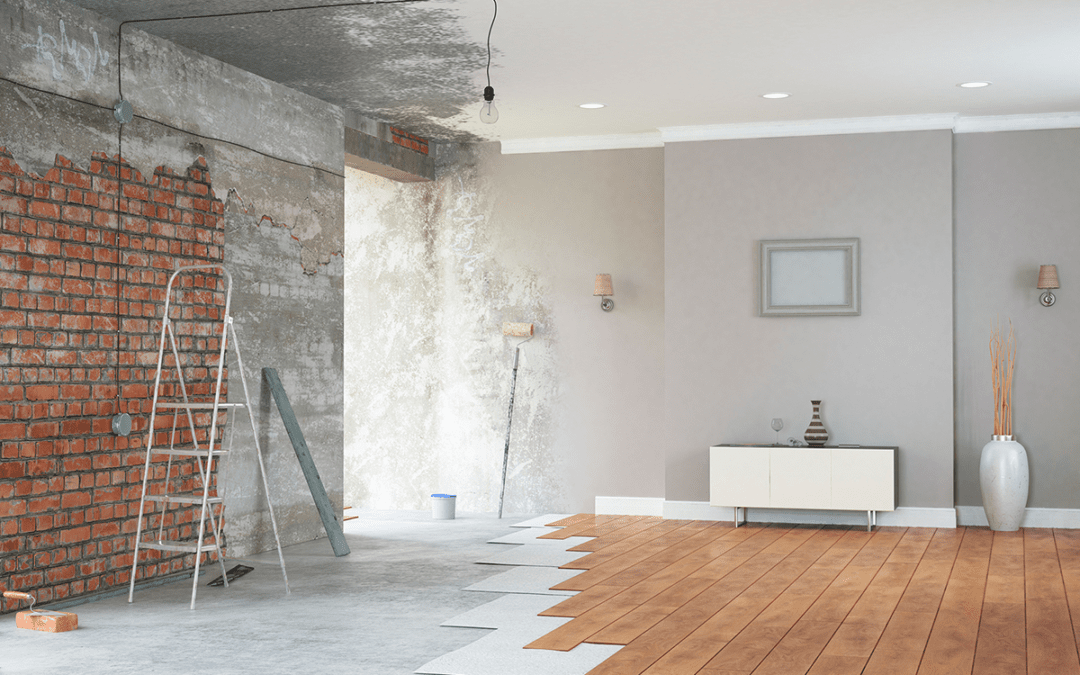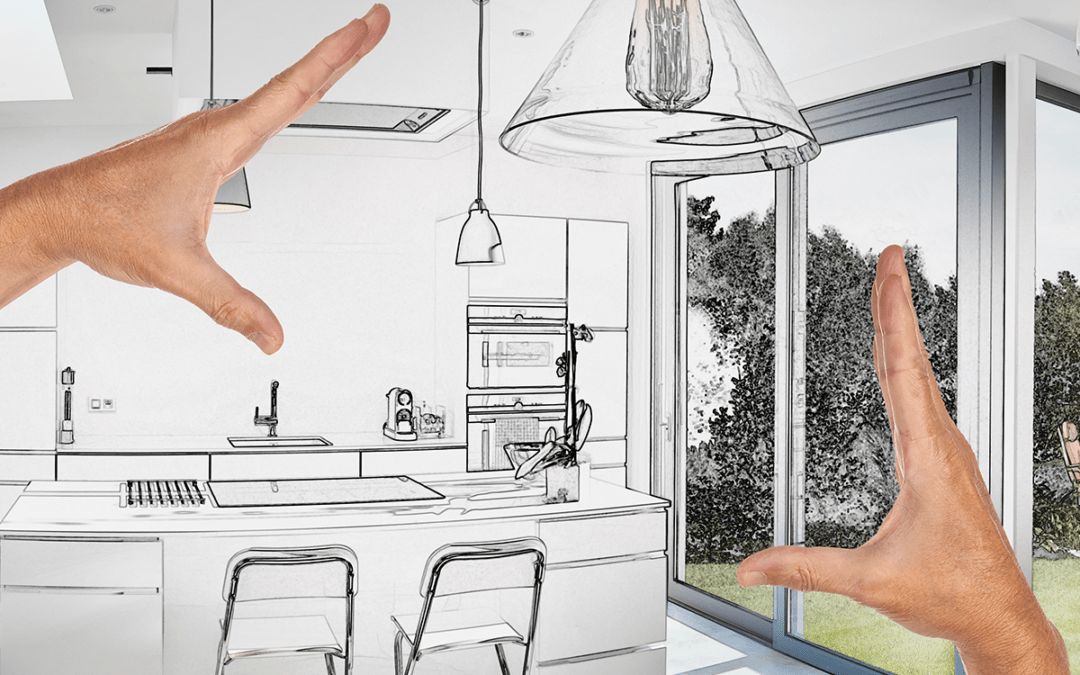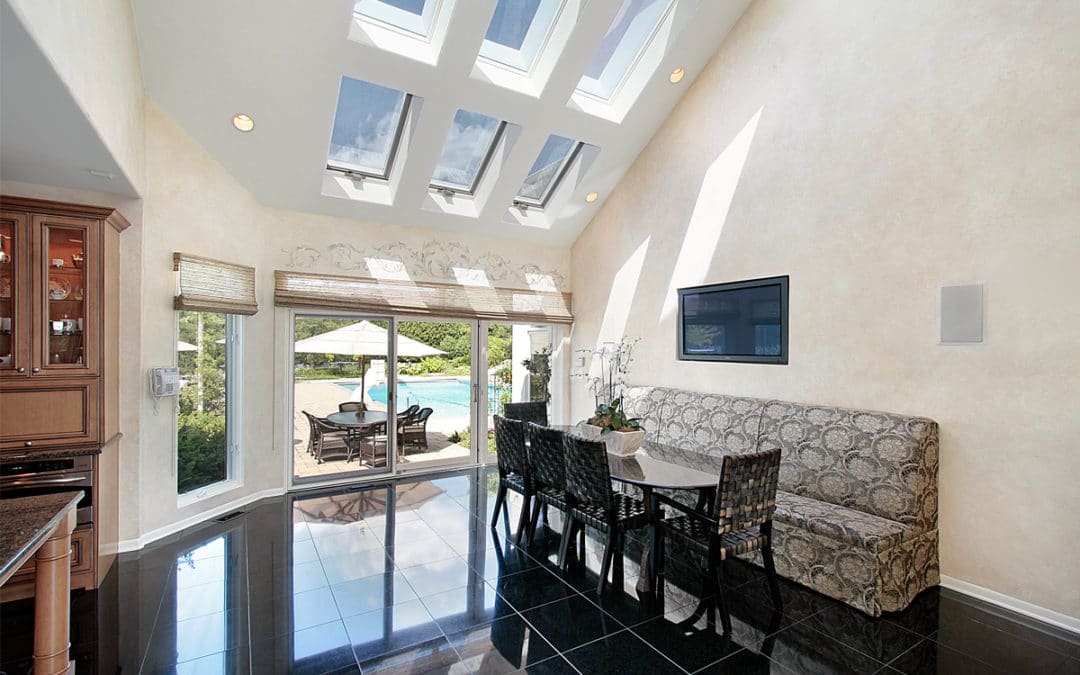
Dec 25, 2021 | Decorating
Innovative home technology offers incredible ways to improve security, manage your utilities remotely, and make life more comfortable. These intelligent systems rely on inter-connectivity, so you can monitor and control devices wherever you happen to be. Home...

Nov 20, 2021 | Construction, Decorating
When you’ve outgrown your living space or feel like your home isn’t meeting your requirements, choosing whether to move or remodel is a big decision. There are many compelling reasons to look at opportunities to upgrade your property, expand the number of...

Sep 20, 2021 | Decorating, Maintenance
There are many home maintenance and decoration tasks you can do yourself, and DIY can be a great way to express your creativity and learn new skills. However, DIY plastering often ends in disaster and is far more skilled and intricate than many other general jobs. At...

Jul 2, 2021 | Construction, Decorating
Many clients come to us for inspiration with their kitchen renovation, in hopes of achieving their dream kitchen. The cliché that kitchens are the heart of our homes stands true – and with modern materials, a massive range of layouts and exciting ways to...

Mar 17, 2021 | Construction, Decorating
A garden fire pit is a stylish, chic and popular way to make the most of your outside spaces. Our team receives frequent enquiries about constructing bespoke garden fire pits – and as the weather warms and we all appreciate the benefits of spending more time...

Oct 28, 2020 | Construction, Decorating
As we look for new ways to elevate our quality of living and make the best of our homes, skylights and roof lanterns continue to grow in popularity. Here we’ll run through the top benefits, and why a simple lighting enhancement can make a massive difference to...







